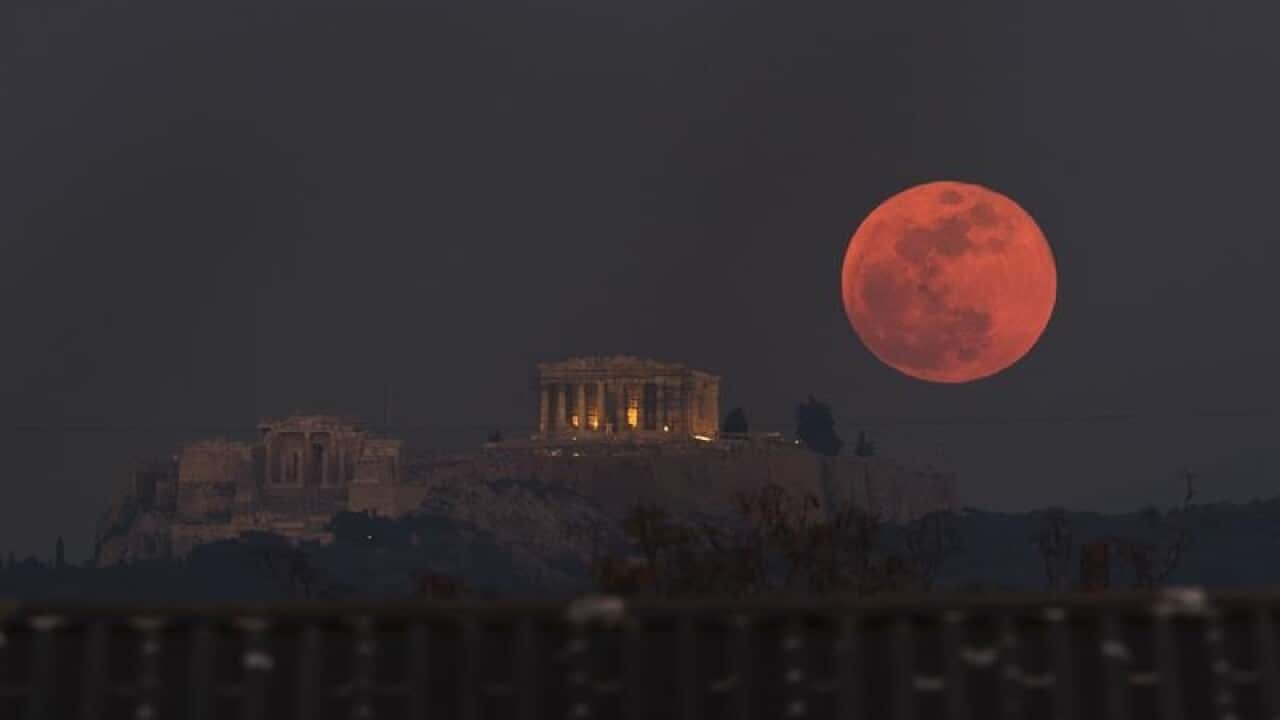The only total lunar eclipse of 2019 will take place on Sunday when the shadow of the Earth falls on the moon, turning it into a reddish-orange "blood moon."
The total phase of the eclipse will be visible from the Western Hemisphere, Europe and the western part of Africa, as well as from northern Russia. Assuming good weather conditions, the lunar drama will have a potential viewing audience of some 2.8 billion people.
The best views will be in North America, which will see the eclipse high in the midwinter night sky starting at 9.36 pm Eastern Standard Time (1336 Monday AEDT).
It will be the first time in more than three years that most of North America will be able to see a total lunar eclipse, according to NASA.
People in the eastern side of North America will have the best view, but it will be visible from coast to coast, and the duration of totality will be longer than usual - just over one hour.
Viewers in Europe will see the eclipse low in the western sky as the moon approaches its setting at dawn on Monday. Moon gazers in Central and Eastern Europe will see the moon set before it's entirely free of Earth's shadow.
The name "blood moon" comes from the reddish-orange colour that the moon takes on during the eclipse. The colour changes because small molecules that make up the Earth's atmosphere scatter blue light as sunlight passes through it, leaving behind mostly red light that bends, or refracts, into Earth's shadow.
As a bonus, Sunday's eclipse will occur during a "supermoon" when it is closest to Earth in its orbit and therefore appears bigger and brighter.

